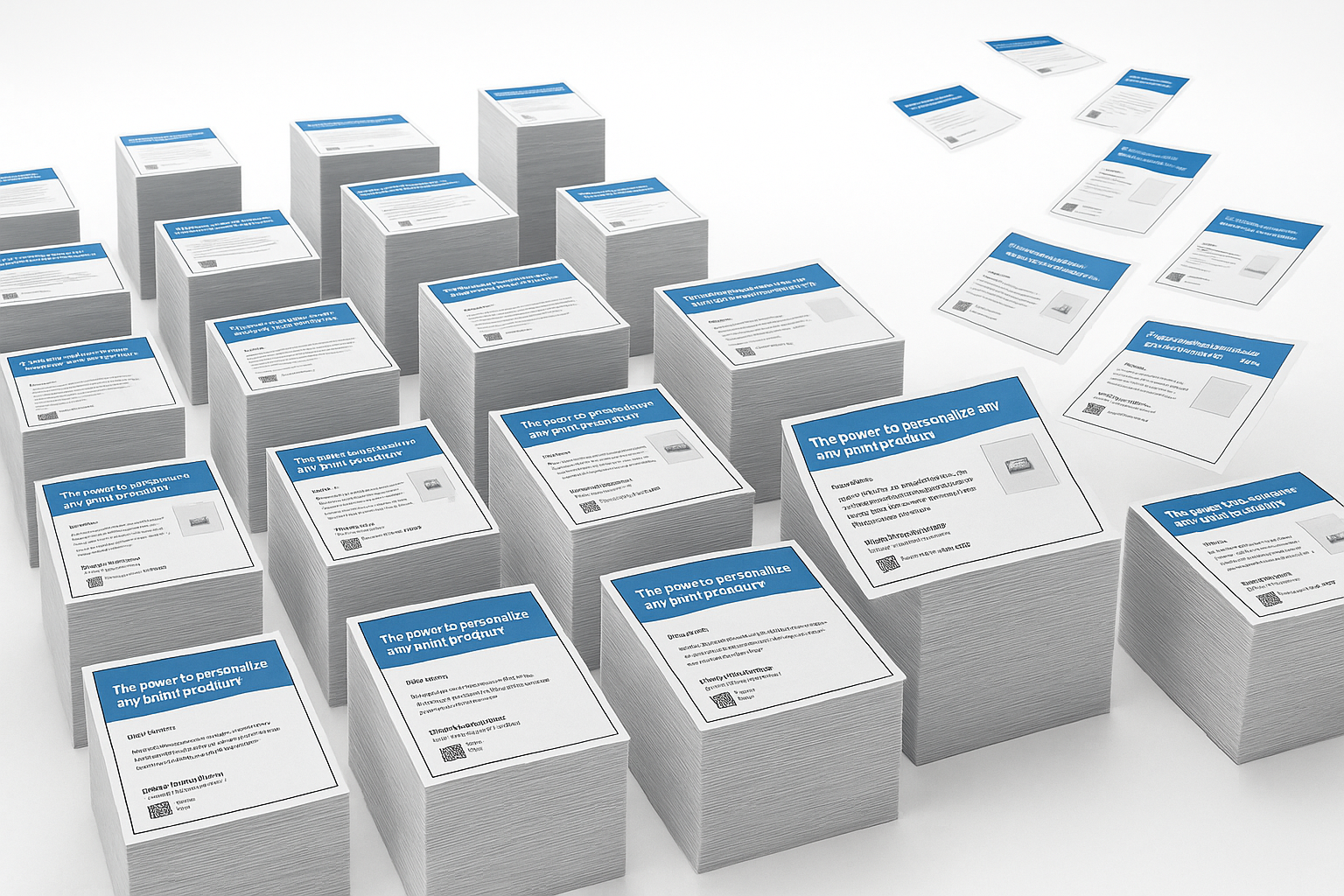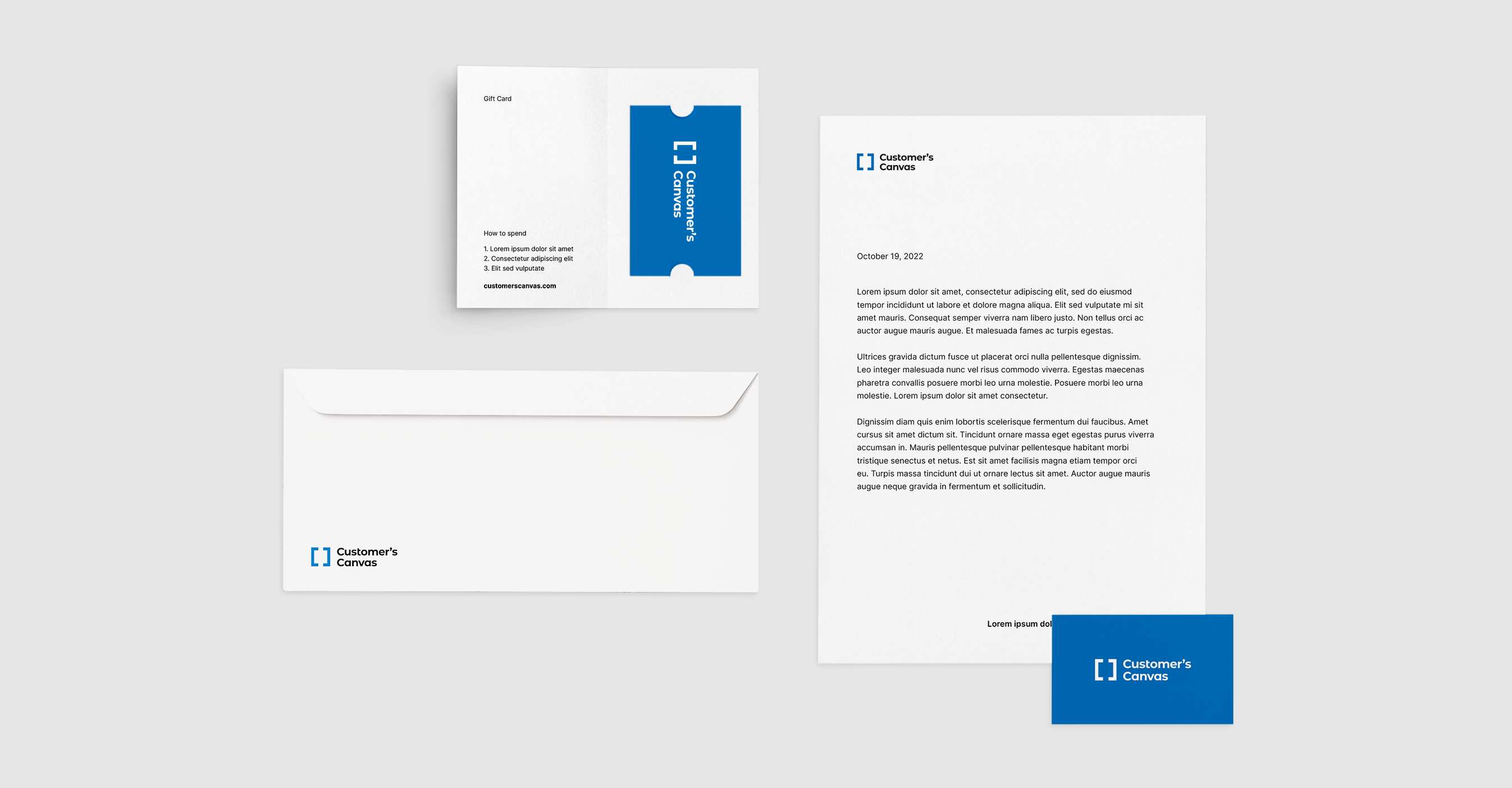Print-ready file rendering is a crucial part of any web-to-print workflow. Once a product is personalized online, the next step is to convert that design into a print-ready format. In Customer’s Canvas, this task is handled by our powerful rendering engine—its performance directly impacts how efficiently companies can fulfill orders.
Whether handling a small order with just a few personalized items or a large campaign involving hundreds of thousands of print-ready files, the rendering engine must deliver high-quality results consistently and efficiently. A well-optimized system minimizes infrastructure load and operational costs, making it essential for businesses that rely on scalable, cost-effective production.
These demands are common in sectors such as direct mail, marketing materials, and personalized invitations—where variable data is used to generate thousands of unique outputs. Fast, reliable rendering is also critical for high-demand and seasonal consumer products.
In this article, we’ll walk through how Customer’s Canvas meets the performance demands of large-scale rendering and the key technologies that power it.
Built-in scalability for high-volume campaigns
Our rendering engine is designed with scalability at its core.
Consider a large direct mail provider preparing time-sensitive postcard campaigns for ten clients. Each client runs about 15 unique projects per campaign, with up to 5,000 recipients per project. Altogether, the system must render approximately 750,000 personalized postcards—each featuring a unique name, promo code, and localized offer. The entire batch needs to be processed quickly, ideally within an hour.
When an order is submitted, rendering begins from a core node—a single, preconfigured environment optimized for the client’s needs. As the workload increases, the system automatically grows into a powerful rendering cluster, scaling up to 30 virtual machines working in parallel to ensure 750,000 personalized designs are processed before the deadline.
As the rendering queue diminishes, the system scales back down automatically, optimizing resource usage while maintaining high performance until all tasks are complete.
This elastic infrastructure helps our clients stay agile—whether they’re managing massive seasonal promotions or powering high-volume personalization portals.
Intelligent workload balancing
Rendering performance isn’t determined solely by the number of virtual machines. It also depends on how efficiently tasks are distributed across them. That’s why Customer’s Canvas employs an intelligent system that continuously assesses each rendering node’s load and the complexity of incoming jobs.
Because resource-heavy tasks running simultaneously can slow processing, the system carefully balances work to avoid overloading any node. This approach prevents bottlenecks, reduces resource conflicts, and keeps performance steady even under heavy demand.
Designed for demanding workflows
Not every business needs this level of rendering power. But for those that do, it becomes a critical enabler to meet tight deadlines and high-volume demands. Whether you’re managing massive seasonal promotions, supporting national retail campaigns, or powering large-scale customization portals, our scalable rendering setup is designed to help you deliver.
Want to discuss how Customer’s Canvas can meet the high-performance rendering demands of your project?
Let’s connect and explore the best approach for your web-to-print workflow together.
Contact us
